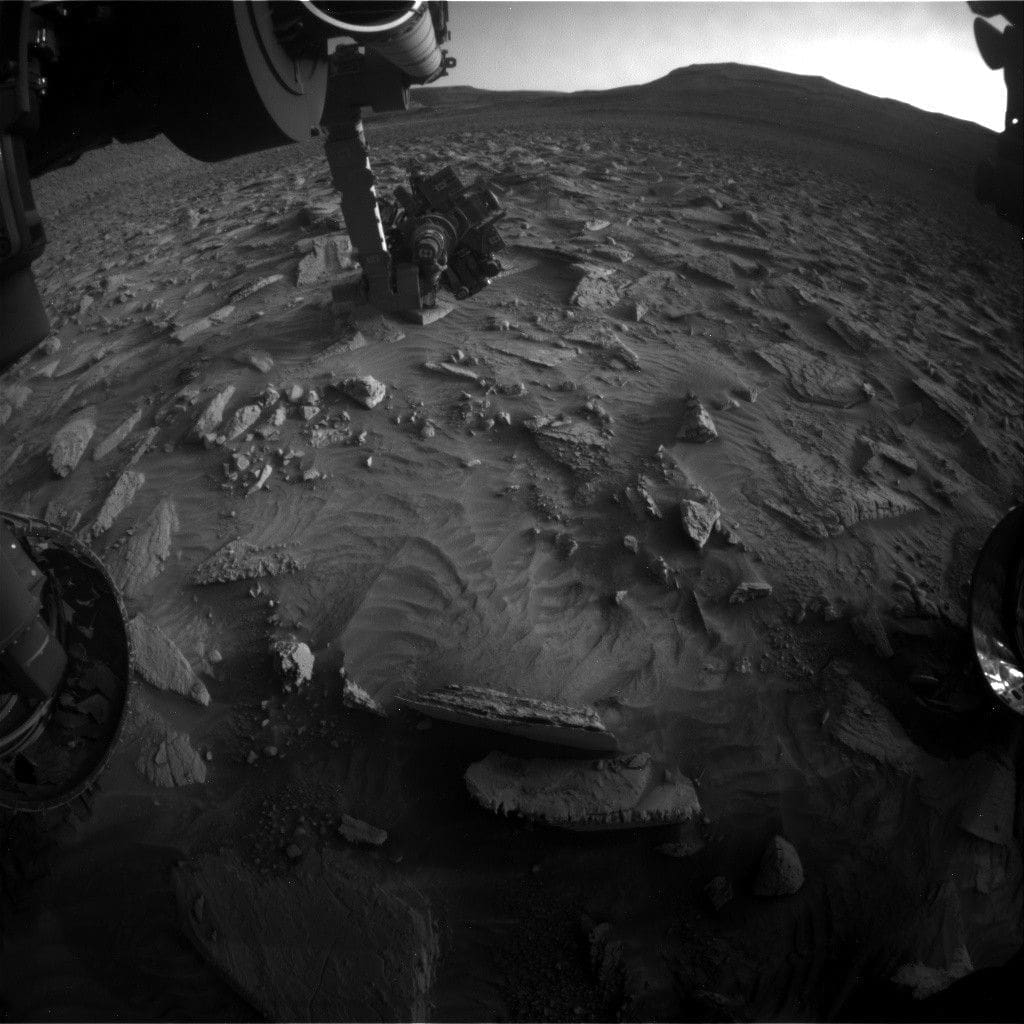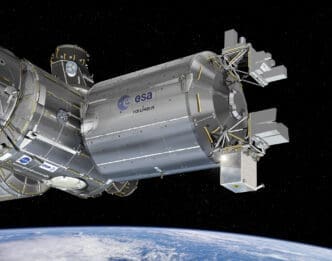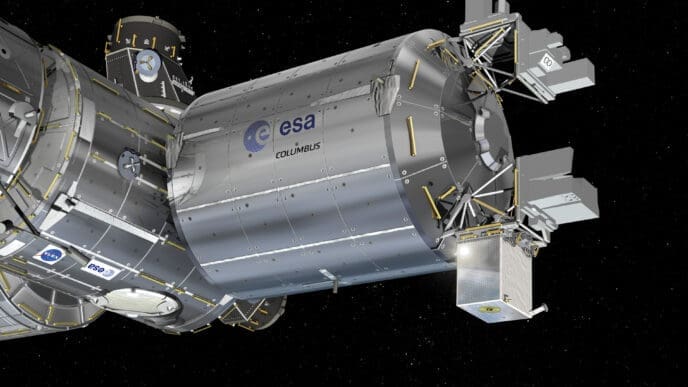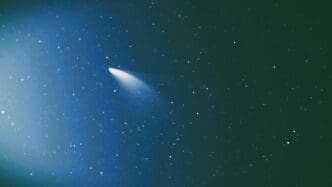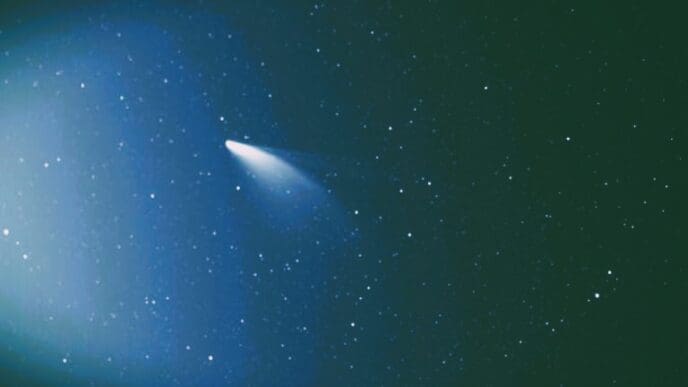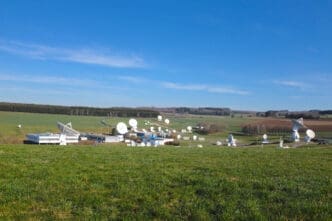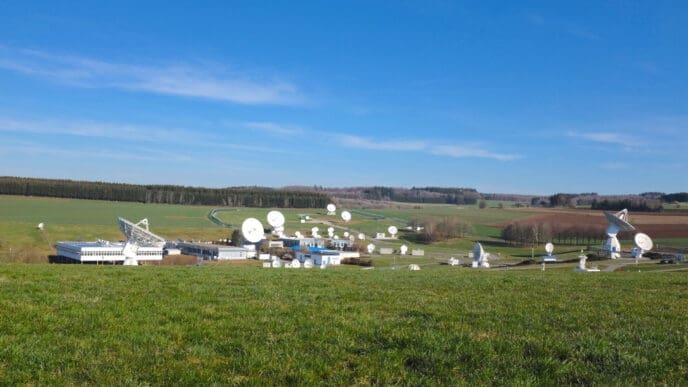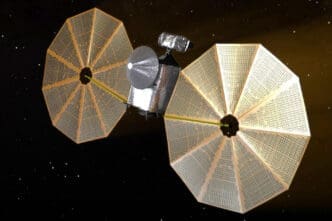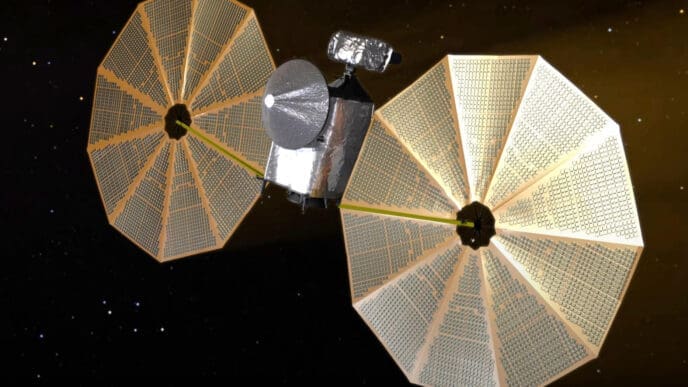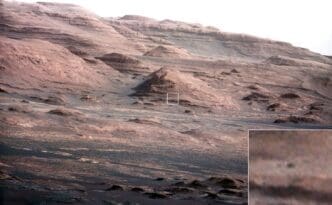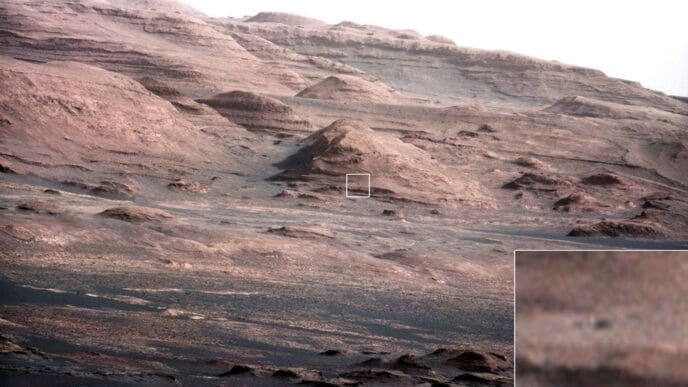Have you ever imagined what it would be like to stand on Mars? The Curiosity rover takes us there, exploring vast landscapes and unlocking the planet’s secrets. It’s a thrilling ride of discovery and wonder with each Martian day, known as a ‘sol.’
From examining mysterious rock formations to measuring elements that shape the Martian climate, Curiosity’s adventures on Mars offer a glimpse into our neighboring planet’s past. Let’s dive into the latest findings and the rover’s fascinating journey across the Red Planet.
Exploring the Chumash Trail
On Sol 4458, Curiosity focused its attention on an intriguing target within its workspace known as the ‘Chumash Trail.’ Armed with its Alpha Particle X-Ray Spectrometer (APXS), the rover analyzed various rocks and soils to determine their chemical makeup. The data collected helps scientists understand the history and composition of Mars, offering clues about ancient environments.
The target, ‘Salton Sea,’ is particularly fascinating. Named after California’s own saline lake, this rock is a dark-toned, smooth surface that intrigues researchers. By studying its chemistry, Curiosity’s team hopes to confirm if salty minerals akin to those found on Earth are present. Such a discovery could shed light on Mars’ climatic changes over millennia.
A Weekend of Busy Analysis
During a packed weekend agenda, Curiosity scrutinized a range of rock targets. ‘Wellman Divide’ was one such focus, analyzed with APXS and MAHLI tools. It sits atop a thicker, rough-textured layer starkly contrasting the ‘Salton Sea.’ These layers tell a story, revealing different environmental conditions over time.
Other targets included ‘Goodykoontz’ and ‘Paseo del Mar,’ examined using the ChemCam laser to investigate their unique features. Each analysis brings a piece of Mars’ complex geological puzzle into clearer focus, with each layer revealing chapters of the planet’s ancient history.
The rover also captured imagery of surrounding buttes and mesas with Mastcam, documenting the stratified rock layers. As Curiosity advances up Mount Sharp, these images act as a visual roadmap, helping scientists predict what they might encounter higher up.
Atmospheric Adventures
The Martian atmosphere doesn’t escape Curiosity’s keen sensors. Observations of argon and oxygen using APXS and ChemCam help scientists track seasonal shifts in atmospheric flow from the equator to the poles.
Regular atmospheric monitoring—like Navcam’s dust devil tracking and cloud height observations—provides critical data. Such insights are vital for understanding Mars’ climatic patterns and how they affect surface and atmospheric conditions. They help prepare us for future human exploration.
Mastcam also played a role, capturing ‘tau’ observations, which measure the sun’s brightness through the atmosphere. This aids in analyzing atmospheric dust levels, an essential factor for planning future missions with solar-powered technology.
Marvels of Martian Terrain
Curiosity’s journey includes studying fascinating geologic features, from rock layers to looming buttes. Each piece of terrain offers a window into Mars’ past.
The ‘Dragon Tooth’ and ‘Texoli’ buttes were imaged as part of the mission’s ongoing documentation. Capturing each nuance of Martian terrain is a collaborative effort and showcases the rover’s ability to adapt and thrive in an alien environment.
These surveys serve as essential resources for scientists who seek to understand how natural processes shaped the Red Planet. They also ensure that Mars’ beauty and mystery are preserved for generations to admire and study.
Martian Climatology
Understanding Mars’ climate dynamics is essential for future exploration. By measuring gas concentrations and observing seasonal changes, Curiosity aids in unraveling Mars’ complex weather patterns.
The mission also delves into how atmospheric changes flow across Mars. This helps determine if the planet once had conditions hospitable to life. It’s like reading a weather journal written in stone, revealing secrets that Mars holds at its core.
The knowledge gained here informs future missions and clarifies the challenges humans might face when venturing to Mars.
Curiosity’s Continued Exploration
As Curiosity climbs Mount Sharp, each step is a journey into Mars’ history. The rover’s detailed analysis of rock and atmospheric elements marks significant milestones for planetary science. It’s an expedition filled with excitement, and each discovery adds to our understanding of the solar system.
The camera’s view extends the mission’s perspective, capturing Mars’ vast landscapes and intricate details. As it traverses the Martian surface, Curiosity acts as both an explorer and a photographer.
Such comprehensive documentation provides invaluable data for scientists, leaving no stone unturned in the search for Martian secrets.
A Journey of Discovery
Curiosity’s exploration provides consistent breakthroughs that reshape our knowledge of Mars. Every sol, or Martian day, the rover makes strides in geological and atmospheric research.
The mission proceeds with meticulous planning, ensuring no opportunity is wasted. From the terrain beneath the rover to the atmospheric particles above, every detail is critical.
These efforts culminate in a growing body of work, paving the way for future ventures to the Red Planet.
A Salty Discovery
Investigating the ‘Salton Sea’ rock target ties Earth’s geography to Mars’ rocky surface. Such studies help scientists draw parallels between the two planets, revealing Mars’ histories of water and climate.
It’s not just about rocks—it’s about what they represent. This research may lead to groundbreaking insights into Mars’ ability to host life billions of years ago.
The findings support the broader goal of understanding extraterrestrial landscapes, providing a foundation for the exciting possibility of human presence on Mars.
A View to the Future
Curiosity’s mission showcases the delicate balance of technology and nature, pushing the boundaries of what’s possible in space exploration.
Each sol sees new data, ideas, and understanding emerge, propelling the mission forward. With each revelation, Curiosity brings us one step closer to setting foot on Mars.
The journey is far from over, as the rover continues to be a beacon of discovery on the Martian surface, guiding the way for humankind’s next giant leap into the cosmos.
Every new piece of data from Curiosity shapes our understanding of Mars. It’s a mission of curiosity and persistence.
As we unravel the mysteries of the Red Planet, each finding brings us closer to the day humanity might walk on its surface.


